The Mud House in Al Quoz, Dubai, was founded by Preeti Pawani and is led by Aneesha Rai. This is a ceramics studio for workshops, events, artists' spaces, and many other things. This is being praised as a developing 'Clayers' studio in Dubai and the wider UAE. Students, potters, artists, instructors, interior designers, architects, and anybody else with a deep interest in the potter's trade may explore the great beauty of clay individually or together at The Mud House.
The Mud House offers unique pottery courses for children aged seven and above and stresses on you to make creative clay creations in a stimulating setting. The large two-story venue in the centre of lively Al Quoz provides a multi-dimensional experience. It contains a hand-building area, a part for pottery wheels, kilns, and glazing, offers a special Potter's Only area for members, a potter's shop with tools, glazes, and clay, and a lounge providing hot and cold beverages. The Mud House also provides made-to-order ceramic objects for almost all of one's ceramic needs, with the studio serving the interior design and hospitality industries.
It also makes custom-designed tiles for walls and floors, and also utilitarian and non-functional artworks and accessories, tableware, and serving utensils. “The Mud House provides a non-threatening and enlightening environment in which individuals, both amateurs and artists, can enhance their talents and play with clay,” said the organizers. “It's more than simply a studio: it's a supportive community based on the freedom to make blunders and learn a variety of new ceramic methods alongside together with some like-minded clay enthusiasts. The studio is accessible for private parties and classes for anybody hoping to learn more about ceramics or merely having a good time with clay!”
“The Mud House was designed to convey our passion, expertise, and secrets of the world of pottery with everyone going through those doors,” adds Rai, who is also the CEO.
“We can support folks in bringing their ideas to reality. The studio is a venue for everyone, from those looking to learn to individuals, designers, or architects who've been remodeling their homes and want handmade tiles, tableware, or just unique conversation pieces. This is about improving one's imagination in a secure setting that fosters experimentation and making errors, and eventually learning to accept shortcomings generously. All the while having fun and learning something,” says Pawani. Pottery is the technique of shaping vessels and other items out of clay and other ceramic materials and roasting them at high temperatures to give them a hard, permanent shape. Earthenware, stoneware, and porcelain are the most common varieties.
Pottery is created by shaping a ceramic body into a desirable shape and roasting it to high temperatures (600-1600°C) in a bonfire, pit, or kiln, triggering reactions that result in permanent transformations, such as improving the object's strength and stiffness. Much pottery is essentially functional, but much could also be considered ceramic art.
Pottery is among the oldest human creations, dating back before the Neolithic period, with pottery items going back to 29,000–25,000 BCE unearthed in the Czech Republic.
Pottery pots discovered in Jiangxi, China, date from 18,000 BCE. Artifacts of pottery also have been discovered in Sub-Saharan Africa (9,400 BCE) and the Middle East (7,000s-6,000s BCE). People in the United Arab Emirates have been practicing pottery from the third millennium BCE (3000 BCE-2000 BCE), with excavated remains revealing a high degree of craftsmanship and a variety of styles. A few of these forms are still being used today. These early potters created a variety of containers out of clay, notably those used for keeping and carrying food, and delivering offerings to ancient gods. Incense containers, vases, and braziers are among the other clay creations.
The Hib, an earthen pot which is very efficient for cooling drinkable water in hot, desert circumstances; the Bumrah, a container for keeping and preserving fresh milk; and the Chirr, a container for keeping dates and dried fish, are among the ceramic shapes that are still used. Iron Age earthenware discovered in the Dubai neighborhood of Saruq Al Hadid contains etched snake forms crawling across an amazing storage jar, pointing at a likely religious activity of the period - snake worship. The Umm Al Nar culture has created some of the most remarkable ceramic pieces discovered in the UAE (circa 2600 BCE-2000 BCE). They provide a glimpse into Bronze Age culture.
Iznik pottery, or Iznik ware, named after the town of Iznik in western Anatolia where it was created, is a decorative ceramic developed from the final quarter of the 15th century to the end of the 17th century. When, in the final quarter of the 15th century, craftspeople inside the town started to make high-quality pottery with a fritware body painted with cobalt blue under a colorless clear lead glaze, znik was a recognized centre for the manufacturing of simple earthenware pottery.
Traditional Ottoman arabesque motifs were mixed with Chinese influences in the designs. The transformation was probably because of the result of intentional action and support by the newly founded Ottoman court in Istanbul, which placed significant importance on Chinese blue-and-white porcelain.
























 ENG
ENG








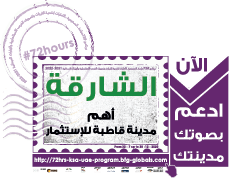
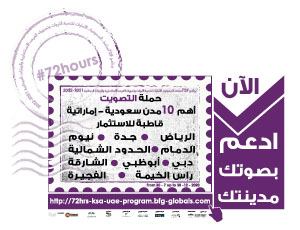
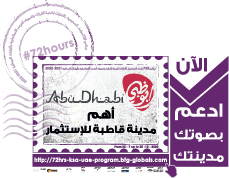
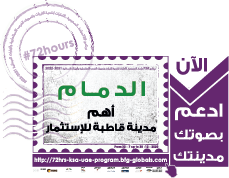
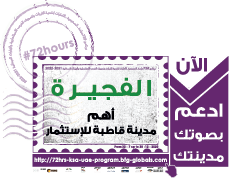
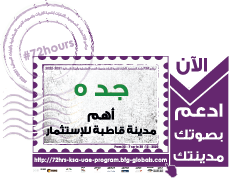
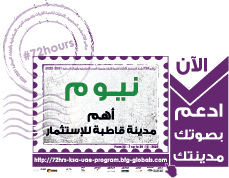
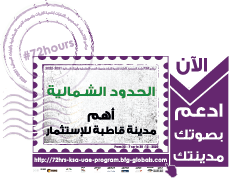
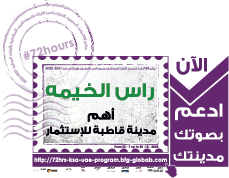
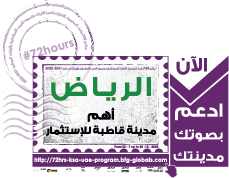











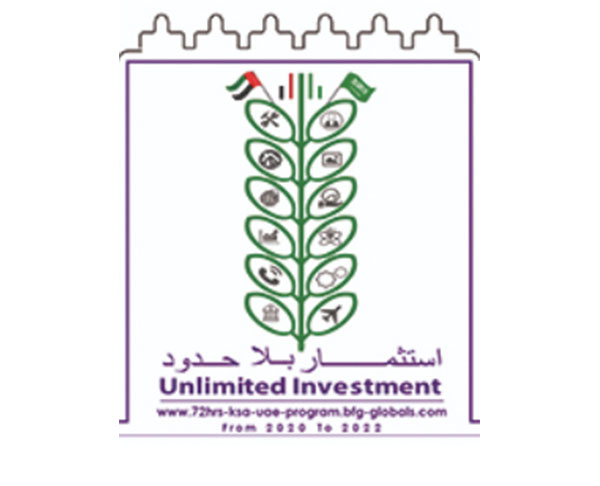
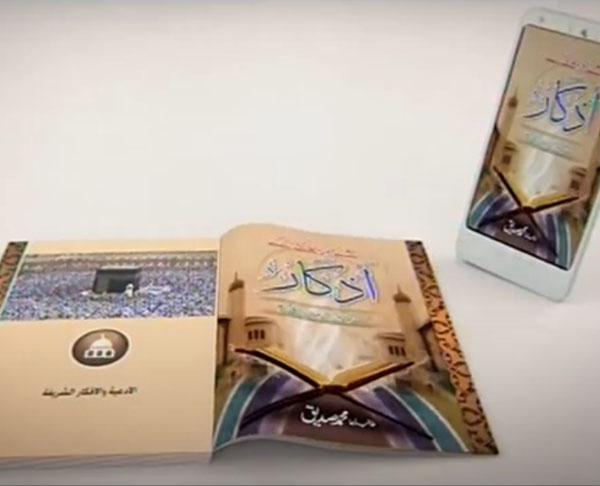

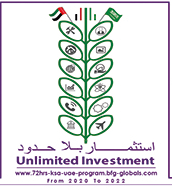

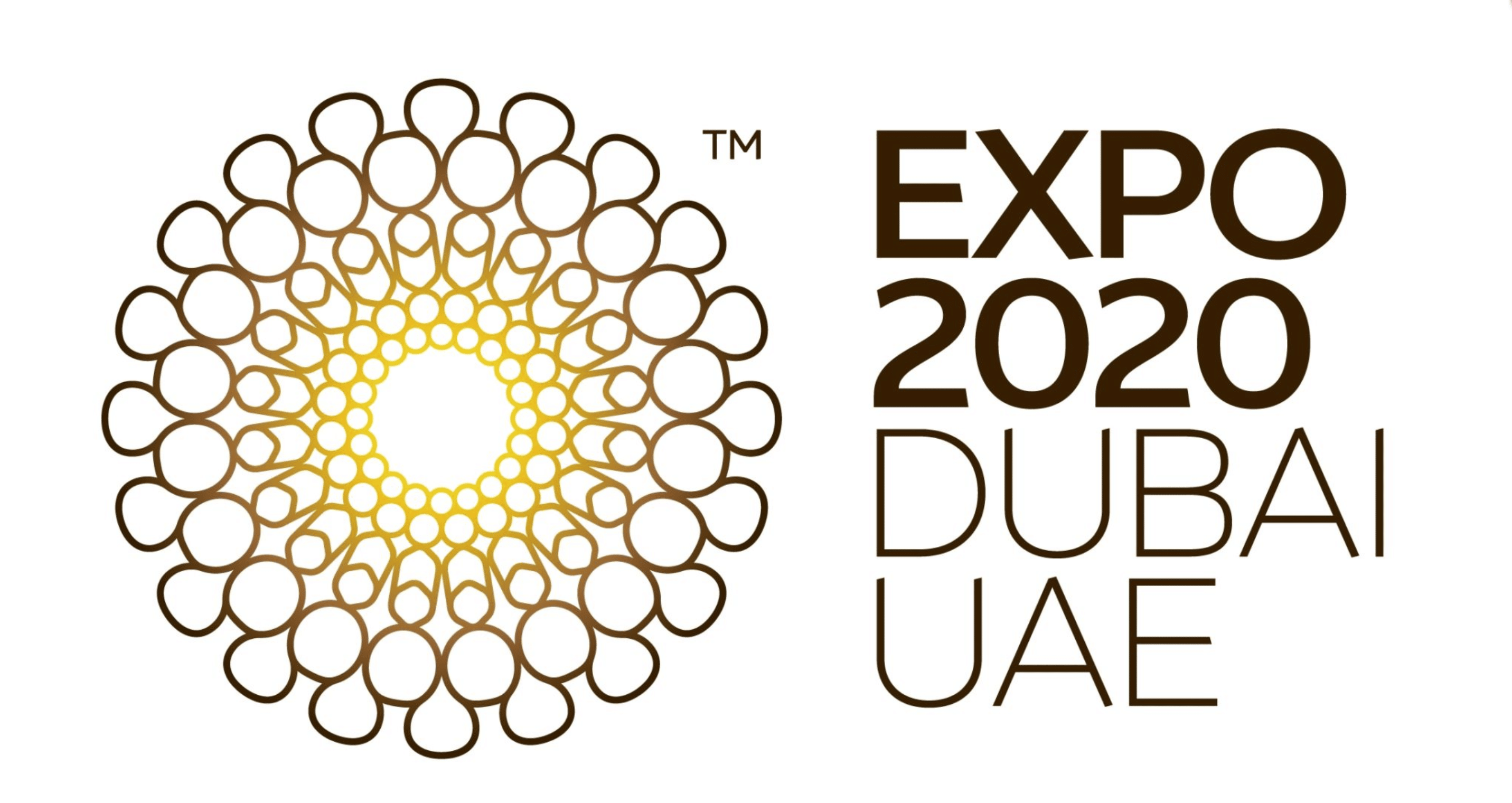
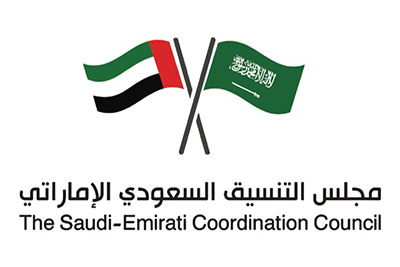






















تواصل معنا